I am by no means an expert in snow science. Over the years of living and traveling across North America, I’ve become what many of my friends would like to call a snow snob or connoisseur. Just like a person who enjoys good wine, whiskey, or craft beer, it goes beyond the knowledge and appreciation of snow. It’s using your abilities to predict where (or when) is the best snow to ski that day and skip the rest. If you’re a Chionophile (a lover of snow), you’ll enjoy this breakdown of the types of snow for skiing & snowboarding and what to expect.
Snow Characteristics
Similar to a beer, the ingredients for making snowflakes is pretty simple. The four essentials for types of snow are: moisture content, air temperature, humidity and wind. With these four “brewing” ingredients, the weather will whip up everything from graupel to dendrites to columns. Of course, there are exceptions to the rules, but as a general thought, you can characterize types of snow you’ll ski based on snowpack classification.
Snowpack Types

The definition of a snowpack is the snow on the ground in mountainous areas that persists until the arrival of warmer weather. In general, there are three types of snowpacks you’ll encounter in North America – Maritime, Continental, and Intermountain. Even within these different categories, you’ll find slight variations on how the snow skis. With that being said, this discussion is more on appreciating the differences so you can ski better and not looking at it from a backcountry viewpoint. For a full write-up of snowpack from an avalanche perspective, check out this article by Bruce Temper on Teton Gravity.
Continental Snowpack
Continental is by far the lowest moisture content of the three. What you gain in dry-ness, you lose substantially in depth of snowpack. This means when skiing glades or chutes be aware of monsters lurking just below the surface. Normally, this can be found along the eastern front of the Rockies in places like Alberta, Colorado, and New Mexico.
Maritime Snowpack
As the 80’s rock groups used to yell “Turn up the volume”, that’s exactly what happens in the Maritime Snowpack. The quantity is exponentially higher (feet instead of inches from a storm) than the Continental. What you gain in depth you also gain substantially in moisture content. You’ll normally find this on the west coast near the Pacific Ocean.
Intermountain Snowpack
These are the mountain ranges that aren’t as dry as Continental, but not as moisture laden as the coastal region. The quantity is high, but typically not as high as Maritime. This could be the second set of mountains inland. One that comes to mind is Mission Ridge in Washington. Just a few miles east of Stevens Pass as the crow flies, their snow is MUCH drier than its next-door neighbor. The challenge of where an Intermountain snowpack exists is that it’s not always located in a certain region. Instead, it could be based on elevation or even micro-climates. Many high alpine regions in coastal areas may have an Intermountain snowpack up high while the lower half skis like a Maritime snowpack (i.e. Whistler).
Powder

What almost every skier or snowboarder yearns for. It’s when fresh snow has fallen on a slope and hasn’t been ridden. A blank canvas unsuspectingly waiting for someone to come and slash it or carve it up. Unfortunately, powder doesn’t come in one size or shape. To give a taste of each type as well as the pros and cons, we’ll look at the differences based on snowpack.
Note: ANY mountain range could get the ones listed below. This is only what each snowpack region “normally” receives during a storm.
Continental
The driest of the dry. Like angel feathers. Even if it’s multiple feet deep, the snow is so dry that you literally ski through it. And that’s why you’ll see images of people riding with snorkels. Instead of bonding, the snow is literally thrown around like a pillow that has exploded. The con to this type of snow is two-fold. First, if it hasn’t snowed in weeks, instead of skiing or snowboarding over a firm base, there’s a chance you’ll be making turns on ice. Second, with a shallow snowpack, you could be hitting rocks, stumps, trees, or anything else without knowing.
Maritime
Depending on how cold the storm came in, the snow can feel heavy and brutish or creamy and floaty. What it lacks in dryness and ease of skiing, it more than makes up on how it fills in terrain. Literally shellacking mountainsides, the steepest terrain gets filled in quickly in the coastal mountains. If you do grab first chair, it’s the closest feeling you’ll have to surfing a mountain. Another advantage is if you see it, you can ski it without worrying about lurking monsters to grab your gear. The cons are pretty obvious. It’s heavy AND deep meaning that if you do fall, it’s gonna take a lot of work to climb out. Second, once it’s tracked out, you’ll feel as though you’re getting thrown around like a piece of clothing in a wash cycle. See “chunder” below.
Intermountain
This is what Kirkwood locals like to call “Cold Smoke” or in Utah “the greatest snow on Earth.” It has enough volume to where you float above the surface, but dry enough to where it’s easy to ski. Unfortunately, with it being an Intermountain region or micro-climate, many of these mountain ranges can get some days that are heavier. And it’s still more difficult to ski or snowboard than Continental powder.
Chunder or Chowder

The day of the storm after the powder hounds have had their fill, this is what’s left. Normally, this is found when the snow has a lot more moisture in it. It can be found in Continental or Intermountain as well if the storm provides a lot of snow (more than two feet). As the snow consolidates, it begins to form berms and piles that you can’t really cut through. Simply put, it’s uneven and bumpy. Not necessarily bad, just more like riding a bronco. You just need strong quads to make sure you can absorb the jostling.
Packed Powder
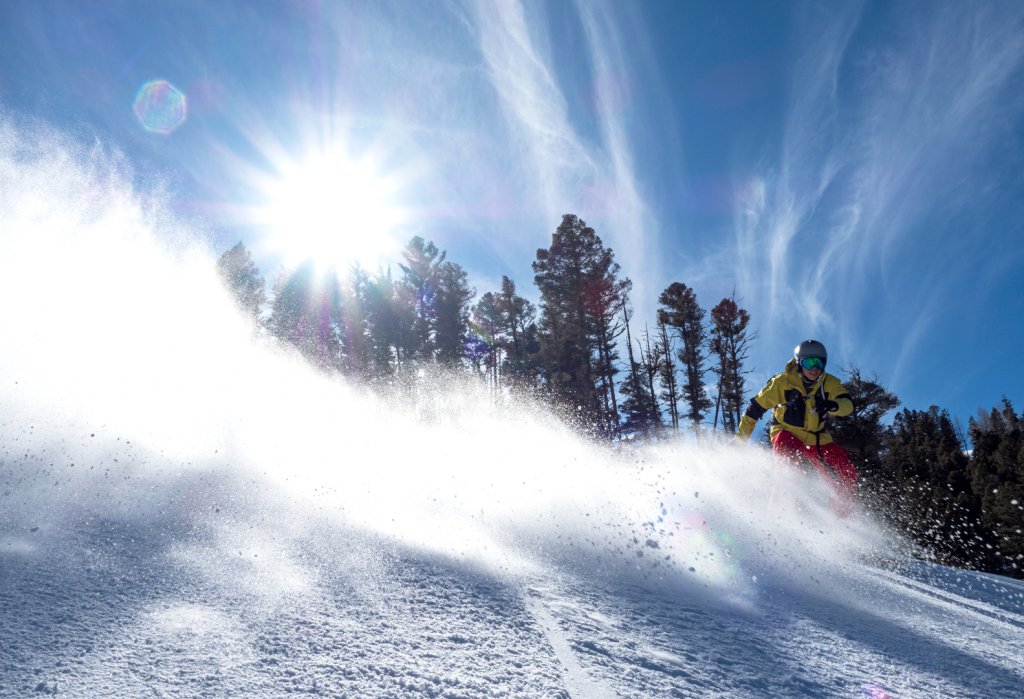
This is a term that literally could be considered “everything but the kitchen sink.” It’s when the snow has been naturally packed down by either skiing or grooming.
Continental
This is where Continental snow really shines. As we talked about in our New Mexico article, while it may be tracked out, it skis like the term dictates – packed powder. You can easily get an edge into it making for soft carveable snow, days or even a week after a storm.
Maritime
Once snow has been around for a day or longer in a Maritime snowpack, it becomes highly variable. It can be as soft as Continental or as hard as a blue plate special. It’s 100% dependent on amount of sunshine, sun angle, and air temperature.
Corduroy

No matter what you think, not all corduroy is the same. For example, one of the best places we’ve EVER skied corduroy was in a small ski area called Pomerelle. This was because the ski area is small enough that they can really focus on the quality of the finished product. With that said, the quality depends on variables such as temperature, type and depth of snow, terrain, traffic volume, wind, current or incoming storms, water crossings and thermal areas. All these can make grooming challenging. The easiest factor for skiers and snowboarders to identify is which trail was groomed in the morning versus last night. The morning will ALWAYS be softer. Keep your eyes peeled for a grooming report.
Transitional … or “Crud”

A classic backcountry skier term. This type of snow normally happens in the spring after a snowstorm. During the morning, it’s 100% quality A+ prime powder. But as the sun rises high above the horizon, it begins to ‘cook’ the luscious powder into a soupy mess. It becomes sticky and very heavy. This is when you need to skip a day and let nature begin the process of creating corn. To learn how to combat the “glue” feeling, check out our article:
Corn
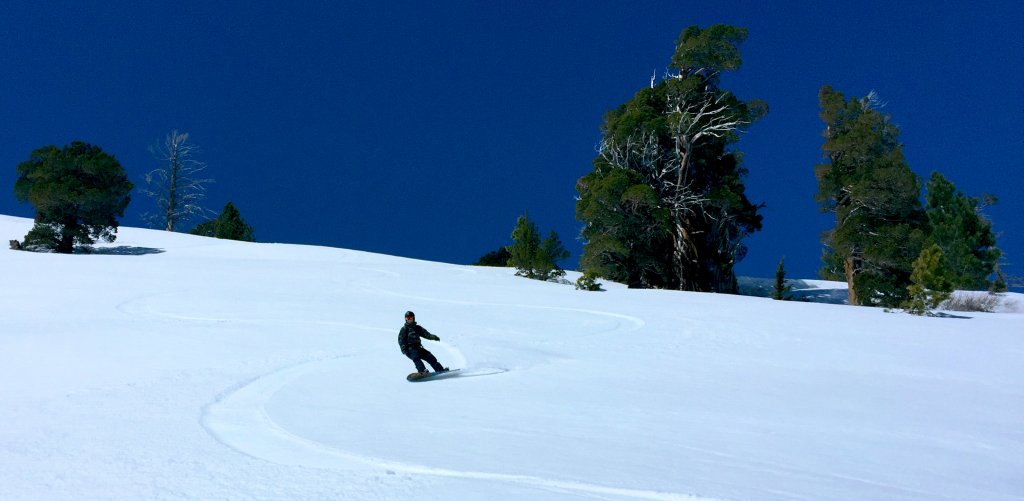
Our second favorite type of snow after powder. Normally happening in the spring, this is where the Maritime snowpack is king. As it forms over the course of multiple days, the snow resembles something that looks like frozen corn kernels and thus the name corn snow. To learn more about spring skiing, how to ski corn snow, what to wear, and where to go, check out our in-depth spring skiing tips article:
Hard Pack
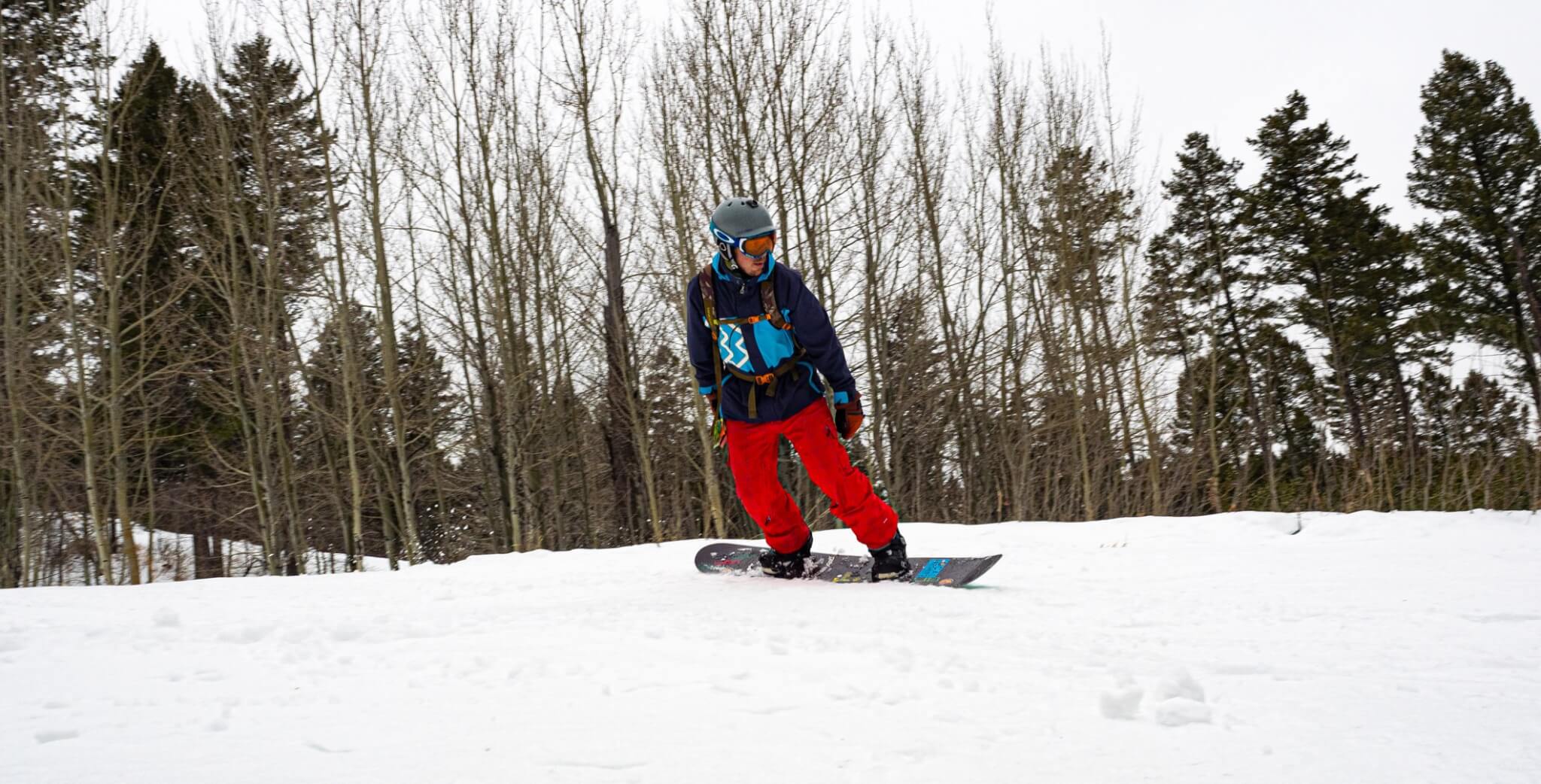
This condition is for serious skiers or snowboarders only. It’s when the snow is old and firm, and while it isn’t really ice per say… it’s firm. You can get an edge but if your technique is even a micrometer off, expect to slide. To really enjoy it, you need to be focused on what you’re doing.
We hope this article helps you get a grasp of the different types of snow and starts your journey to become a snow connoisseur. Let us know if we should add any other types of snow to this list.





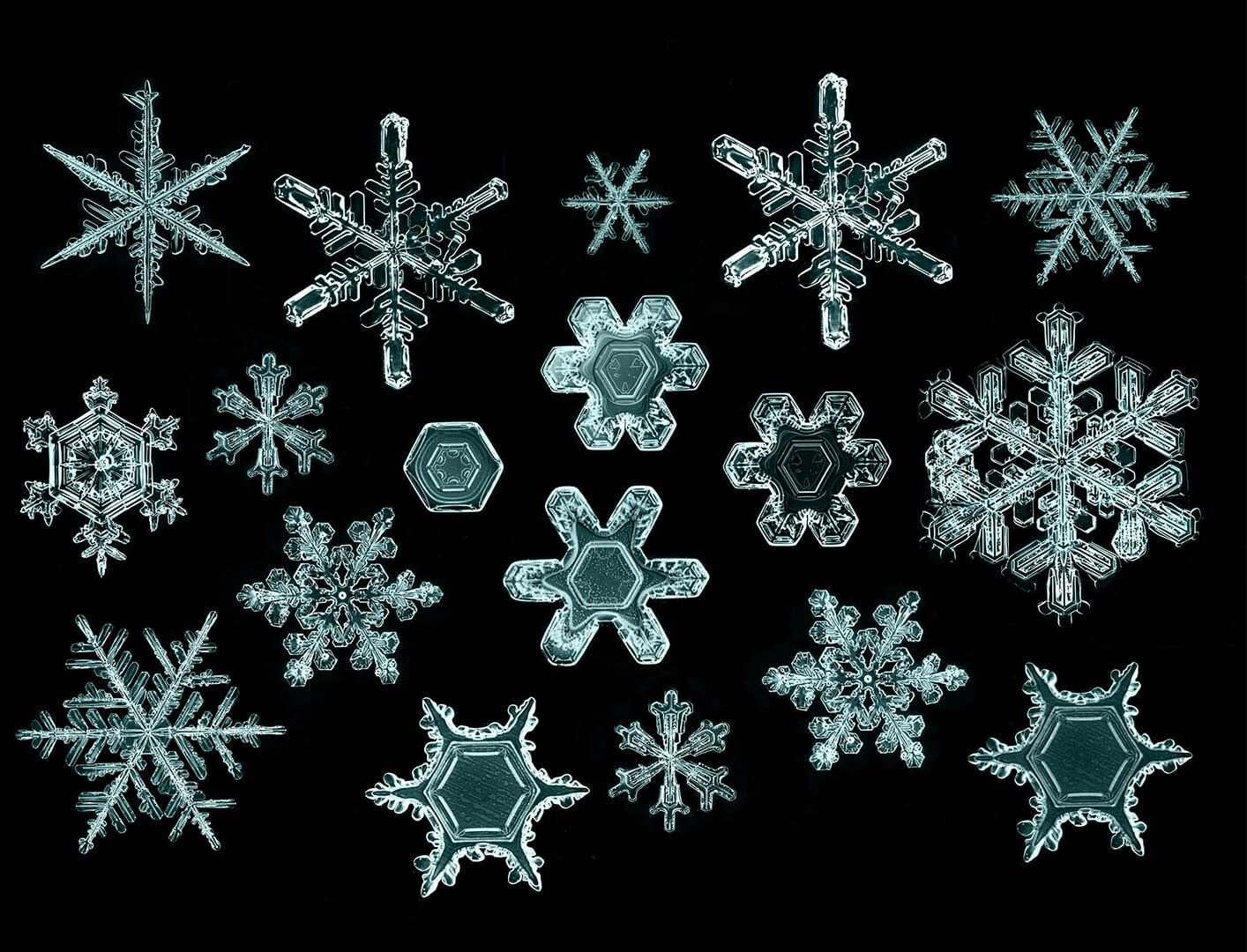

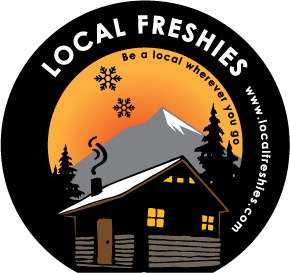
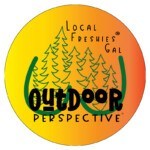
Great story. Now I finally know what I am, a chionophile! I can’t believe I just learned the term here!
Here’s something I wrote about different names for snow and types, published in my column Snow Trax in Jan. 2017…..
Snow Trax, January 2017
By Daniel Gibson
Not all snow is created equal. To the untrained eye, it may all appear about the same, but people who have worked in it all their lives or cultures that had lived in it for centuries, such as Eskimos and Norwegians, know that there are tremendous differences in the types of snow that fall from the heavens, and once on the ground that it goes through many transformations. Thus, globally snow has many names, and is recognized in many forms. Here’s a brief look at the almost endless variety of snow and its nomenclature.
Part of its variety has to do with its birth. At the heart of every snowflake is a speck of dust. When blown into a super-chilled cloud of water vapor, water molecules coalesce around the speck into a variety of crystalline formations. If the cloud is really cold, say 13 degrees below zero, the crystals develop into sharp-edged prisms. At five degrees they unfold like lacy stars, and at 17 degrees they fold inward creating hollow, six-sided columns. Some link up to form classic snowflakes, others are broken by winds into needle-like forms or smashed into flat plates or small balls, and all come tumbling earthward on a journey lasting anywhere from minutes to days. Thus, snow is born in many varieties and once on the ground continues its metamorphic journey.
The lightest snow goes by many names—champagne powder, cold smoke, white air, fluff, pow. It is born in clouds of relatively low humidity at around five degrees, which creates what scientists call stellar crystals. If they fall without wind, which compacts snow, they stack up in delicate pillars that measure about 98 percent air. This 2-percent snow is actually not ideal for skiing, as is it is so light you cut right through it to the underlying hardpack. A denser, wetter snow, say 10 percent water, that turns superlight as the storm progresses is the ideal combo, hailed by skiers as “ego powder” or “hero snow.”
Another form of dry snow is called graupel, a German word for granular. The tiny, Styrofoam-like balls are born when thick frost envelopes a snow crystal as it falls through a wet cloud. It too can be fun to ski, as it provides an extra measure of slip and slide underfoot.
Wet and windblown snow comes in many forms. Sastrugi is a Russian term describing crescent-shaped drifts that look, and act, like sand dunes. If the wind compaction is great enough, it will support the weight of a skier and allow for tremendous tracking and carving ability. It is the same snow Eskimos call upsik, which they use to build their igloos, as it can be cut out of a bank with saws and easily stacked.
Wet snow can also produce those odd, doughnut-like pinwheels that bound down steep slopes. Called cinnamon rolls, they are launched usually from snow dropping off a pine bough onto the snow below, then roll downhill, picking up snow as they goes. This fresh, wet snow is the perfect snow for building snowmen and having snowball fights, as it binds together so well, versus older snow that has frozen and thawed numerous times, creating another skier favorite, corn snow. Old corn actually looks like corn kernels, and makes a terrific carving surface when slightly thawed. Get on corn too early in the day, before it has melted a bit and broken up into granules, and it is hellish ice. Wait too long and it turns to heavy slush.
Crusts and ices have their own language as well. Skare is a Norwegian term for the crust that can form when a warm spell that melts surface snow is followed by a freeze. If thick enough, it can be carefully skied but often one breaks through, creating nightmarish conditions. When just a thin layer of ice is laid on the surface, you get firnspiegel, a German term for “glacier mirror.”
It is know for producing incredibly beautiful optical effects at sunrise and sunset, creating a fire-like color off the snow. When walked or skied in it produces the sound of a thousand tinkling, breaking plates.
Eastern skiers are all too familiar with boilerplate, a term describing the “bullet-proof” ice that forms from a combination of wet snow and protracted, extreme cold. Early snowmaking efforts often produced a wet, large snow crystal, measuring 500 to 1,000 microns in diameter, which under the pressure of skiers quickly turned to ice. Today’s equipment and technicians produce a much smaller particle, around 100 microns, that resists the icing process.
Hoar, frost and rime form yet another class of snow. Surface hoar forms on cold, clear nights when atmospheric vapor condenses directly onto the surface snow, creating a fast, feature-like surface that explodes on contact. Depth hoar is formed when water vapor being produced by a snow lying next to the relatively warm ground migrates upward toward the colder snow and surface air. This vapor then refreezes into a solid without the intermediary step of being a liquid, a process called sublimation. It freezes into tiny rounded or pyramid forms called sugar snow. Sugar snow resists bonding with its neighbor, and so creates a very loose mass of snow that is notorious for producing avalanches. I once skied into a sugar snow “trap” and was almost swallowed up by it, as if I were in quicksand. The more I struggled, the deeper I sank. I had to lay my skis across the top of the hole and lift myself up and out.
There are many more terms for snow—death cookies, frozen chicken heads, neve, harbor chop, dust on crust, mashed potatoes, chandeliers, diamonds in the sky, chalk, cream cheese. It points to snow’s endless forms and the almost magical properties of water on Earth, the source of all life.
—With thanks to research done by writers Peter Shelton and Peter Stark, 1995
I’ve seen a poster of all the types of snow. Where can I get one? I’ve searched and searched.